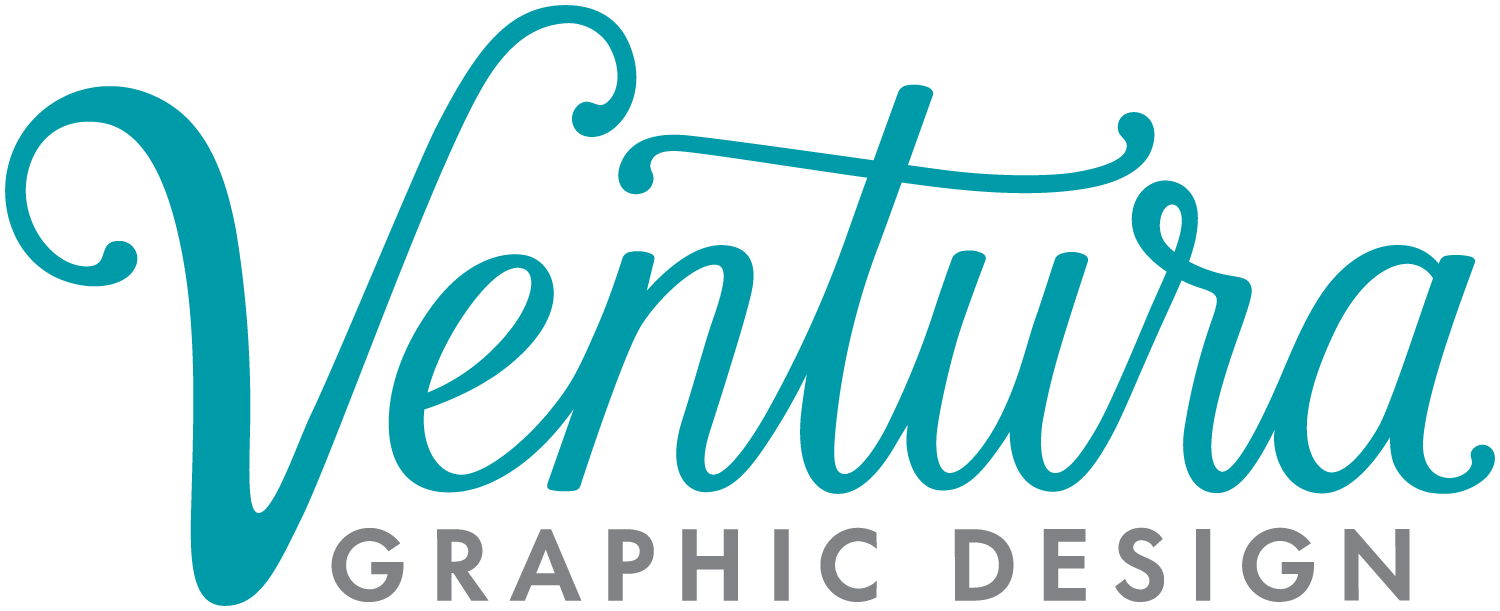What about HEX, PMS, HSL, WTF?!
What does RGB mean?
No light is black. All the light is white.
RGB is the color process screens use. Red, green, and blue light is mixed together to make the full spectrum of colors.
RGB values range from 0 to 255, where 0 is black and 255 is the pure color. When the pure colors of red, green, and blue are mixed together you get white (R 255, G 255, B 255).
History Tidbit
The very first experiments in RGB started way back in 1861 with photography when they layered three plates to produce a color image. But it wasn’t until 1938 that the modern RGB technology for television was developed.
What is a HEX color?
Guess what. Hex colors are the same as RGB colors. They just use a different code. Hex color codes are 6 digits long and every 2 digits equal the value for red, green, and blue. They are even less intuitive to decipher than RGB values.
Hex colors are used for web design and pretty much any time you’re inputting colors online—be that in Canva or Google Docs. Here’s a handy tool that let’s you play around with color values.*
What does CMYK mean?
This shows what would be printed by each individual color.
CMYK is the color printing process used on printed materials. It is also called process or 4-color. With CMYK, cyan, magenta, yellow, and black ink is mixed together on paper to make the full spectrum of colors.
CMYK values are simply shown in percentages, so “C 100, M 0, Y 100, K 0” would be a very bright green (100% cyan + 100% yellow).
Images look almost the same in RGB and CMYK but you might see some slight differences in really rich colors. Since RGB colors are made of light and CMYK colors are made of ink, there are bound to be some inconsistencies.
History Tidbit
When all four colors are layered together, you get an (adorable) full color image. (“Libby”, you might say, “this is not your cute puppy!” You’re right, this is Luna, Dayo’s predecessor—she will always be our #1.)
Why does K stand for black? Technically the K stands for Key but nowadays always represents the color black. There are conflicting reasons for this out on the web, but my preferred explanation is that back in the day, the Key color was printed last to add detail and contrast to the page. And they used whatever dark color they had on hand or was affordable—blue, brown, or black.
Science-y Tidbit
You can see different colors because light is being reflected off a surface. The CMYK color model creates new colors by lessening the amount of light reflected off of your (usually) white page. Because the inks are taking away brightness, this process is called subtractive. (Alternatively RGB is additive, because it adds brightness to your black screen.)
Why should I care?
When you upload images or pull them from the web, they are RGB. If you’re using those images in a document that’s going to be professionally printed, you should convert them to CMYK before sending your files to the printer.
How to convert RGB to CMYK:
This is very easy to do in Photoshop: simply open your image, click Image/Mode and select CMYK Color. Save and you’re done.
If you don’t have Photoshop, here’s an online tool that will do it for you!
If you’re getting a logo designed, you’ll want to make sure your designer gives you both CMYK and RGB versions of the files. You’ll use the CMYK logo for printing and the RGB logo for online.
What is a Pantone color?
Aren’t they supposed to be cool?
You’ve no doubt seen some Pantone products around in cool stationery shops and you probably think, “oh those cool graphic designers have all that stuff.” Well it’s not true, or is it? But really, Pantone (also known as PMS) is a dying breed. Lower costs for digital printing are making printing in 1 or 2 color (what you’d use Pantone for) less important—unless you are printing very high numbers, or for a very brand-particular client.
Put simply, Pantone colors are pre-mixed inks that are printed directly on the paper. No layering or mixing on the page. It is the most accurate way to get a specific color—which is why big brands rely on them.
Games!
Want to nerd out on color a little bit more? Try one of these games:
*Did you notice another value system—HSL—on this page? Yep, there’s another one! HSL stands for Hue, Saturation and Lightness, and is meant to be an intuitive way to alter colors in the RGB model. Meh, I never use it. But I really am a CMYK girl at heart.




